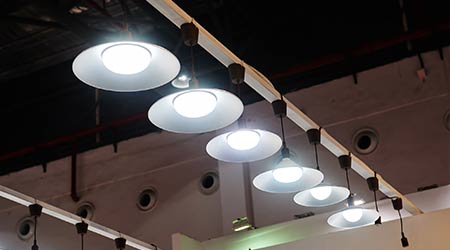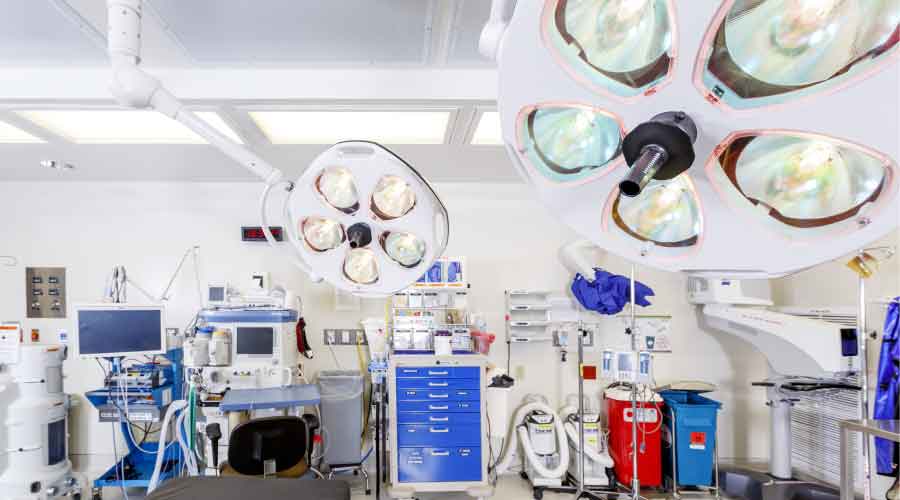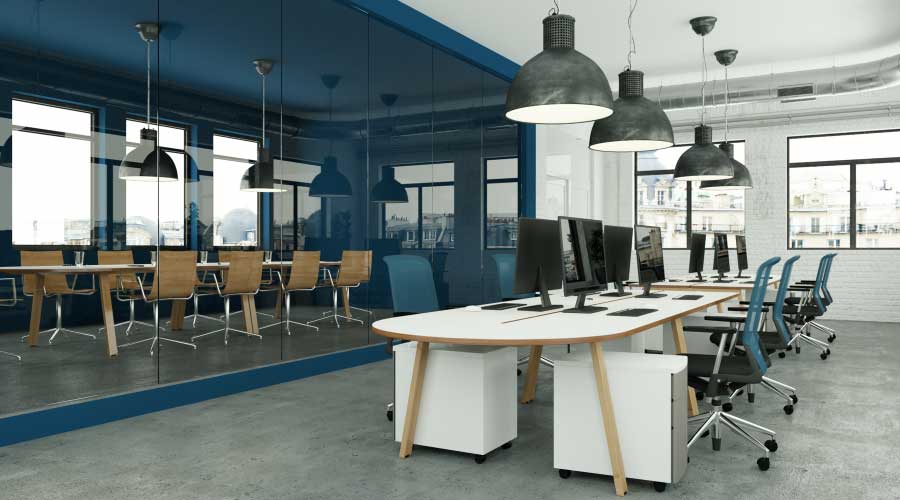 Advances in products and applications offer managers opportunites to plan upgrades that improve lighting and save energy
Advances in products and applications offer managers opportunites to plan upgrades that improve lighting and save energyLED: Implemeting Lighting Controls Can Save Even More Energy
A lighting retrofit is an ideal time to update building lighting. Installing lighting controls can offer managers even more savings with automatic shutoff controls.
Part two of a three part series.
Controls classes
Where controls are allowed and desirable, managers should consider them as part of the lighting upgrade project, and they have many reliable products and options to choose from among four basic classes of controls:
Traditional controls. These options are the traditional lighting upgrade favorite. They include standalone devices — including switches and occupancy sensors — for control of local loads, as well as panel-based systems for control of larger loads.
Luminaire-based controls. One step up from traditional controls, these solutions embed or integrate sensors into luminaires, enabling individual luminaire control and, as a result, greater potential energy savings. The lighting controllers in each luminaire might be networked, allowing programmable sequences of operation. Networking might be accomplished by installing low-voltage wiring that connects devices or by installing devices capable of wireless communication.
Room-based controls. These systems package controllers and input devices — sensors — for independent plug-and-play room lighting control. A system might feature preprogrammed sequences of operation for out-of-the-box compliance with energy codes. As with luminaire-based controls, the lighting controllers might be networked, allowing custom programming.
Building- and enterprise-based controls. These systems use low-voltage wiring or wireless communication to network lighting controllers in one or more buildings. All control points are assigned a unique address, enabling individual or group programmability, as well as programming of control zoning or rezoning and lighting control behavior across the enterprise. Of course, the facility should have skilled and trained personnel to operate the system.
This type of control solution also enables managers to pull measuring and monitoring data for storage on a central server or the cloud. It also allows operators to measure energy use for a variety of purposes, such as savings verification or internal billing.
It also enables monitoring of all control points and connected lighting, as well as automatic alert generation. By integrating the lighting network with other building systems and with the incorporation of more sensors, facilities gain the foundation for implementing strategies related to the building internet of things. Lighting controls are now mainstream in new construction and are gaining traction in upgrade projects due to advances in LEDs, wireless, and sensing technologies. Managers should give controls serious consideration as part of every lighting upgrade project as a valuable extension of the LED lighting system.
Every lighting system requires control. From this simple understanding, managers can invest in automating that control, making it more flexible, pulling data from it, and using it to make maintenance and engineering operations more efficient.
Numerous options are available, from simple standalone controls, such as wallbox occupancy sensors and panelboard retrofits to sophisticated control systems. Controls in general are often the right choice, but the right choice of specific control technology depends on desired energy savings, flexibility and the manager’s goals for facility lighting.
Craig DiLouie, LC, CLCP, IES, is education director for the Lighting Controls Association — www.lightingcontrolsassociation.org — a NEMA-administered council dedicated to promoting lighting controls through education.
Related Topics:














